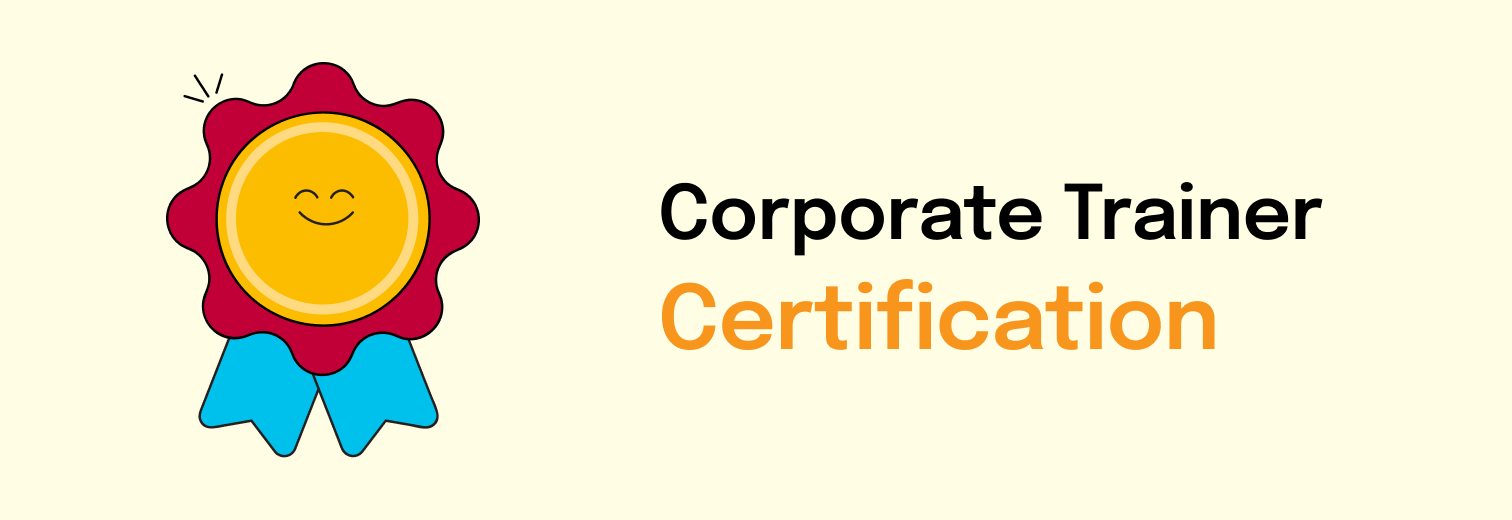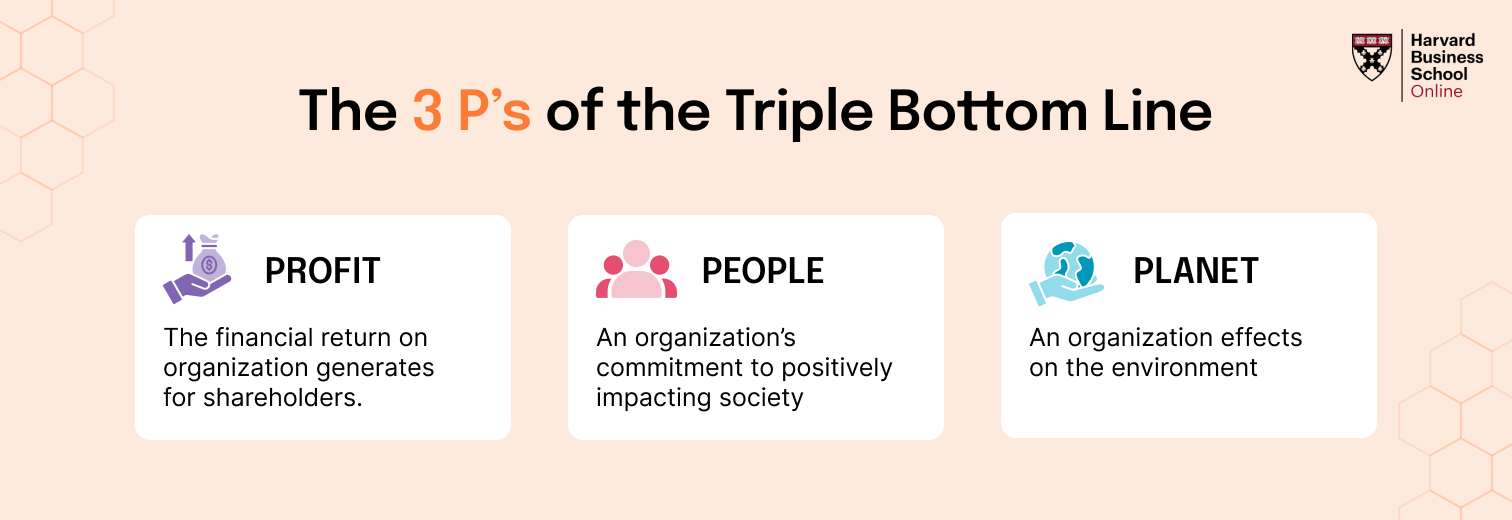I have worked in a hybrid team model for quite some time. Some of my colleagues sat just a few desks away. Others worked out of different cities or even countries. Like many others, the pandemic changed everything. Within weeks, what used to be a semi-distributed setup transformed into a 100 percent remote team. And since then, there has been no looking back.
But the shift left many of us wondering. How do you build a high-performing team when no one shares the same room anymore? How do you nurture collaboration, foster trust, and stay aligned while staring at pixelated faces on a screen?
It turns out that many of the fundamentals of team-building still apply. What changes is how you apply them. Some principles require more attention. Others need to be reimagined. Through my own journey, I developed a framework I call the G.R.E.A.T. model. This is my guide to building strong virtual teams that not only perform but thrive.
Let’s dive in.
G: Goals
Table of Contents
Setting goals has always been foundational for high-performing teams. But in a virtual setup, it is easy for these goals to get lost in translation. The absence of physical cues, casual conversations, and regular visibility means that team members may not fully understand what they are working toward or why it matters.
As leaders, we need to overcommunicate. Not just the goal, but also the purpose behind it. Why does this project matter? How does it contribute to the bigger picture? When people feel connected to the purpose, they tend to stay more engaged and driven.
An insightful HBR article once pointed out how remote work can push people into a reactive loop. With no colleagues around to break the rhythm, you might end up checking off tasks without ever pausing to think strategically. That is why we need to be intentional. We need to remind our teams of the larger narrative regularly.
I make it a point to start team meetings by connecting our short-term actions to long-term goals. This keeps everyone aligned and motivated.
R: Roles and Tasks
In any team, people play different roles. Some of these are clearly defined, while others evolve informally. In our company, we often speak in terms of “first hats” and “second hats.” Your first hat refers to your core responsibilities. These are the areas you are accountable for. The second and third hats represent supporting roles that contribute to broader team success.
In a virtual environment, this clarity becomes even more important.
With back-to-back meetings and constant notifications, it is easy to lose track of what matters. I have seen talented individuals burn out not because they lacked skill or motivation, but because they lacked clarity on priorities. That is where effective delegation and regular check-ins play a vital role.
Encouraging your team to identify what is moving the needle versus what is just noise can dramatically boost output. I also find it helpful to conduct role-alignment sessions, especially when new members join or project scopes shift. These discussions help us ensure that everyone is working on what they do best.
For teams looking to build better time-awareness and prioritization skills, interactive solutions like Time Management Simulation can be extremely powerful. They create a safe space to experience, reflect, and improve.
E: Empathy
I cannot stress this enough. Empathy is the glue that holds remote teams together.
Everyone is managing something. Some have young children at home. Others are caregiving for elderly parents. Some struggle with isolation, while others deal with less-than-ideal workspaces. As leaders, we cannot ignore these realities.
Empathy starts by listening. It is about tuning into the unsaid. It is also about designing systems and norms that make space for real life.
One simple example from our team is our approach to meetings. While video is encouraged, it is not mandatory. We understand that not everyone wants to be on camera all the time. For recurring calls, we alternate between full-team check-ins and smaller breakout chats, depending on what people are more comfortable with that week.
We also regularly pulse-check how people are feeling, not just how they are performing. And when needed, we adjust. Flexibility has become a part of our culture, not just a policy.
Organizations like Google have modeled this well by offering dedicated wellness days. But even small gestures, like respecting people’s boundaries or acknowledging their efforts, can have a huge impact.
A: Accountability
Accountability in a virtual team does not mean tracking every keystroke or demanding constant status updates. True accountability stems from clarity, trust, and commitment to outcomes.
I have seen managers go overboard trying to measure productivity by counting hours or online presence. But that is missing the point. What really matters is whether people are delivering on their goals.
That is why, in our team, we focus on deliverables, not desk time. We set clear expectations, and then we trust people to meet them. Of course, there are still team norms. We start and end meetings on time. We update shared trackers regularly. But we do not micromanage.
Creating a rhythm of communication helps. Weekly check-ins, shared agendas, and retrospective reviews give us a structure that promotes ownership without feeling restrictive.
There is a great piece on Managing Virtual Teams that discusses the importance of rhythm. It highlights how regular touchpoints, consistent meeting formats, and transparent protocols reduce confusion and improve cohesion.
Accountability, in a virtual setup, is not about control. It is about creating a culture of shared responsibility.
T: Tribe
When I ask colleagues what they miss most about the office, the answer is always the same. The people. The energy. The spontaneous chats. The lunches. The sense of belonging.
That sense of community does not need to vanish in a remote world. It just needs to be reimagined.
I make space for informal interactions. We have virtual coffee chats, themed days, and shared playlists. We celebrate birthdays, work anniversaries, and project wins with the same enthusiasm as we did in the office.
One of the most effective ways to spark this feeling of togetherness is through Virtual Team Building. These are not just games or breaks from work. Done well, they help people open up, connect beyond roles, and create shared memories.
We also adapt rituals. Our old Friday townhall is now a monthly online huddle. Our quarterly offsite has become a two-hour virtual retreat, with breakout rooms and team challenges. It may not replicate the physical experience, but it does preserve the spirit.
A strong virtual team is not just efficient. It is emotionally connected.
The Takeaway
Building a strong virtual team is not about using the right software or tools. It is about putting people first. It is about designing for clarity, connection, and care.
The G.R.E.A.T. framework has helped me build teams that are aligned, empathetic, accountable, and bonded. It continues to evolve as the needs of our people evolve.
If you are leading a remote or hybrid team, ask yourself:
- Are we clear about what we are trying to achieve and why?
- Does everyone know their role and how it supports the bigger picture?
- Are we being kind and flexible, without lowering the bar?
- Do we measure what truly matters?
- Are we investing in our tribe, not just our tasks?
The answers to these questions may just be the difference between a group that works together and a team that thrives together.
I would love to hear your thoughts. What practices have worked well for you? What challenges do you face with virtual teams?
Let us continue the conversation.










